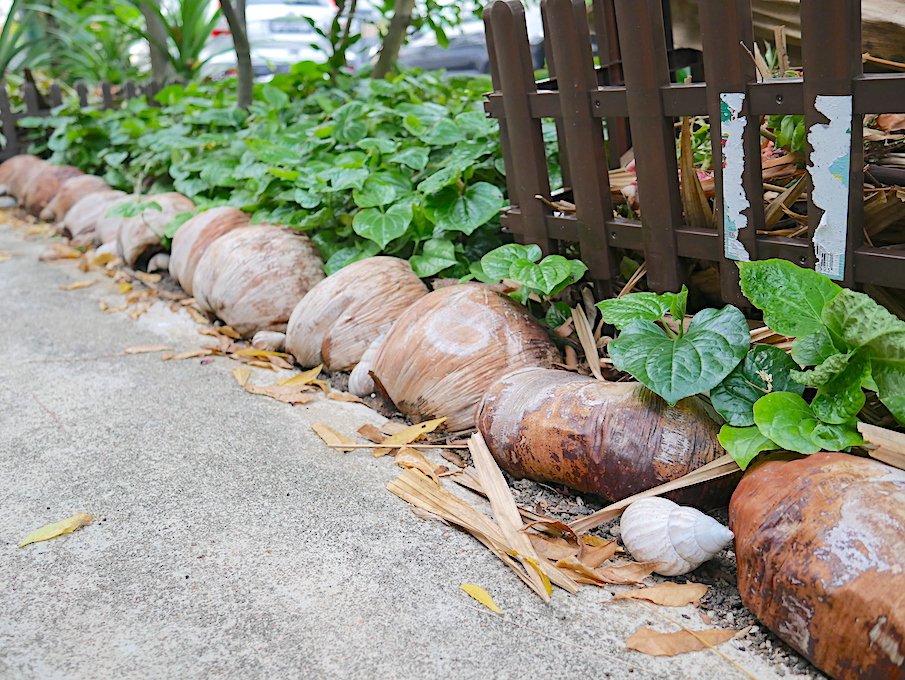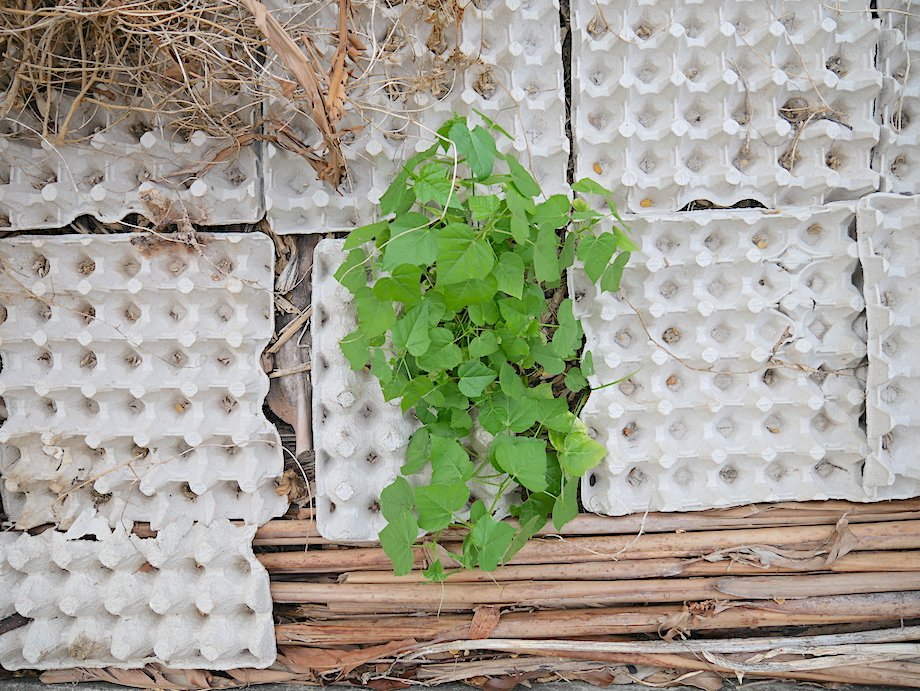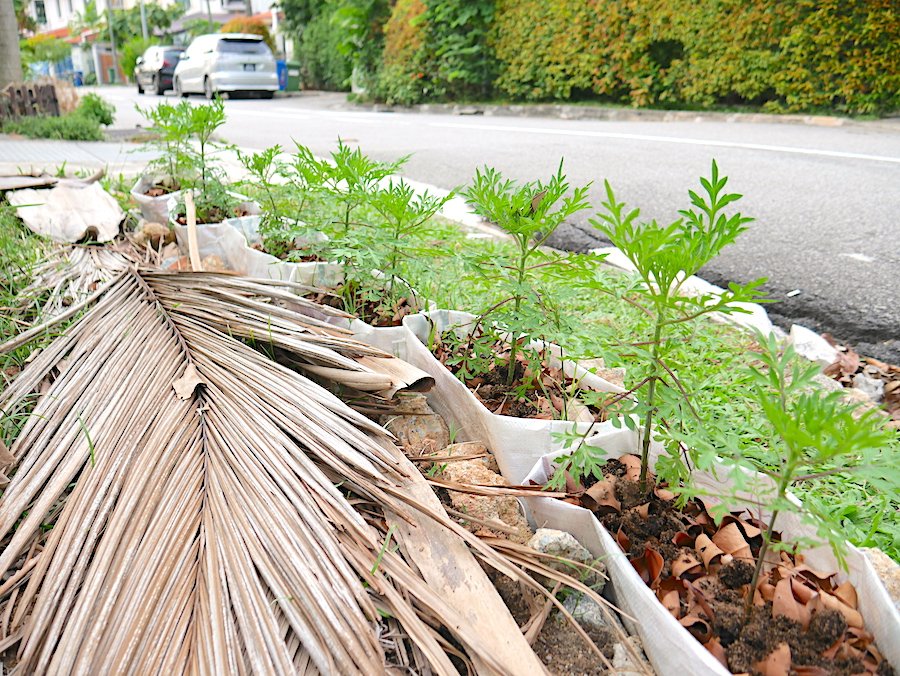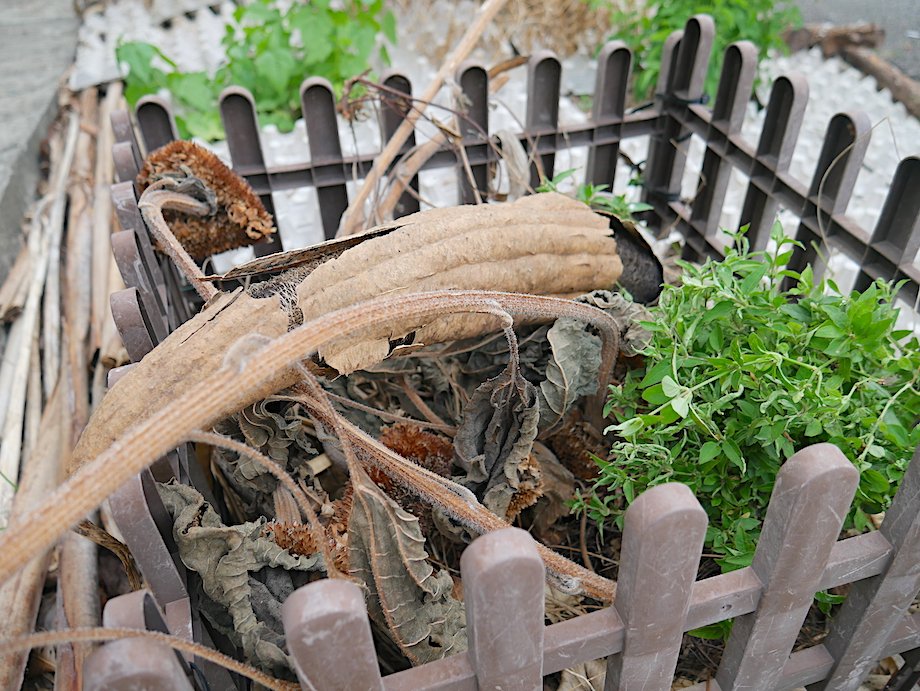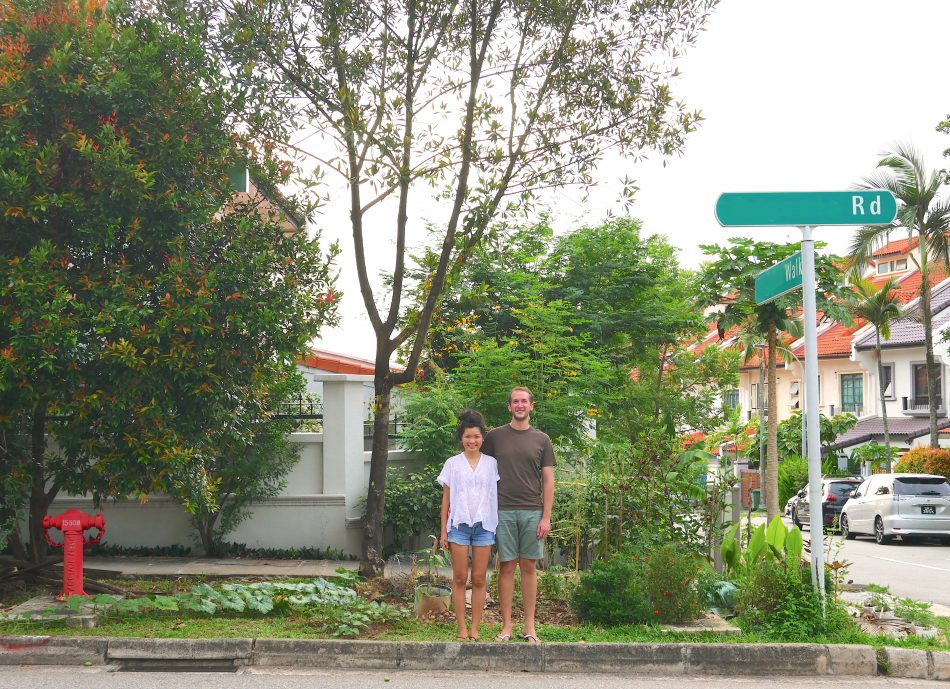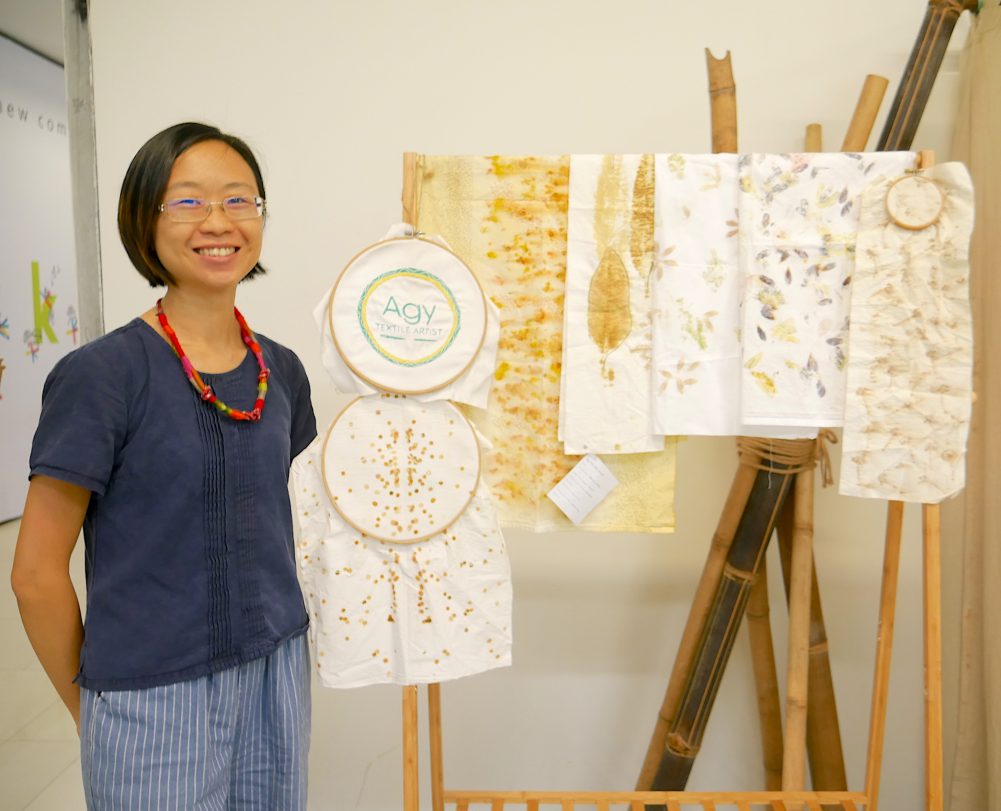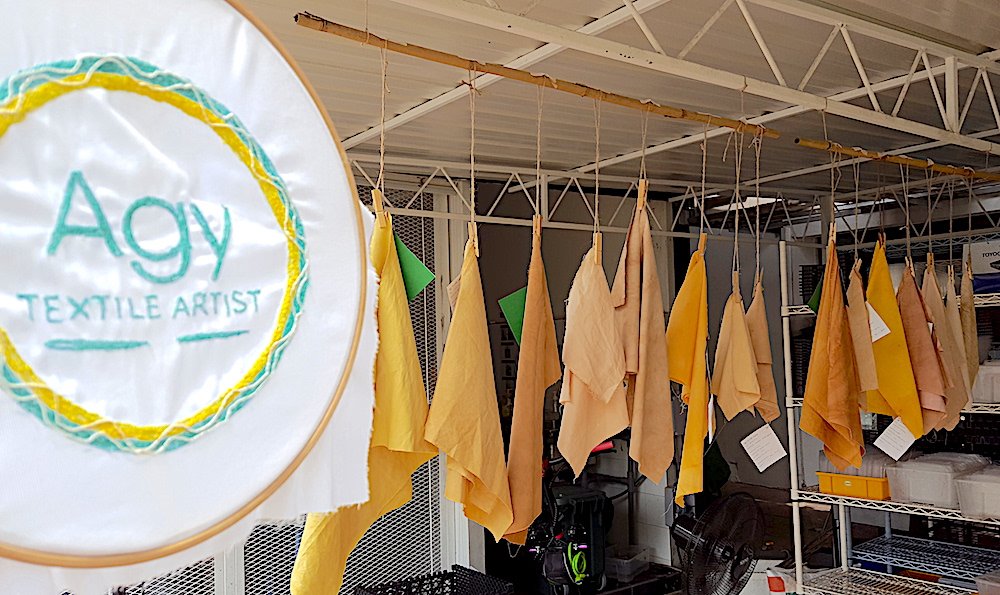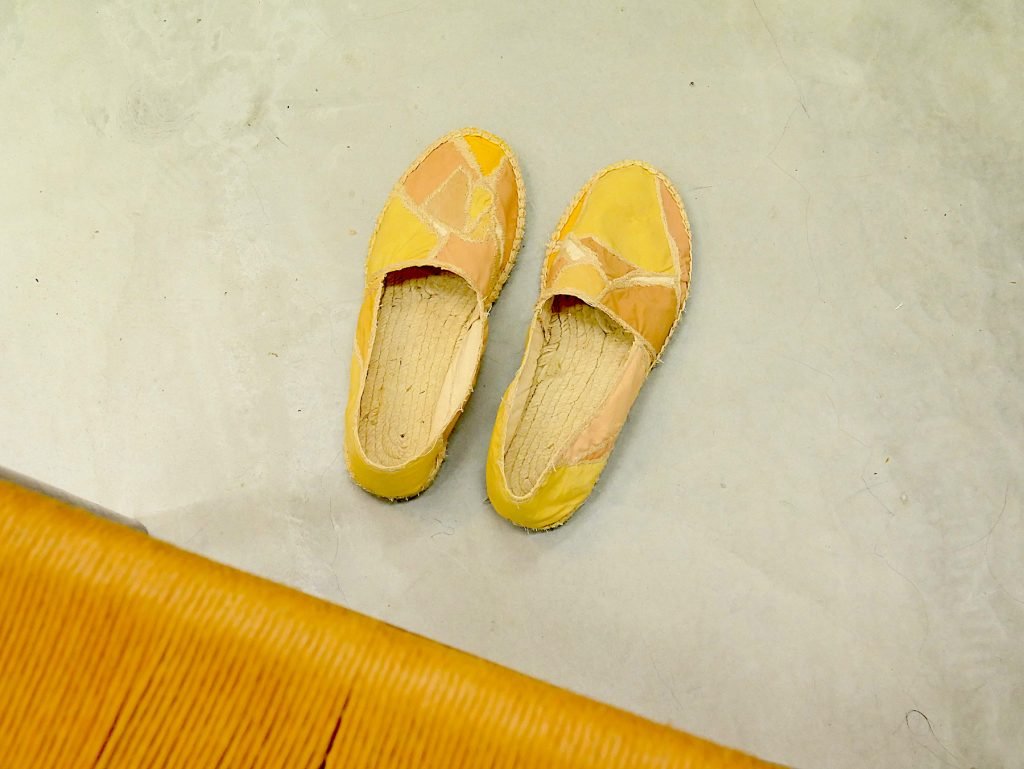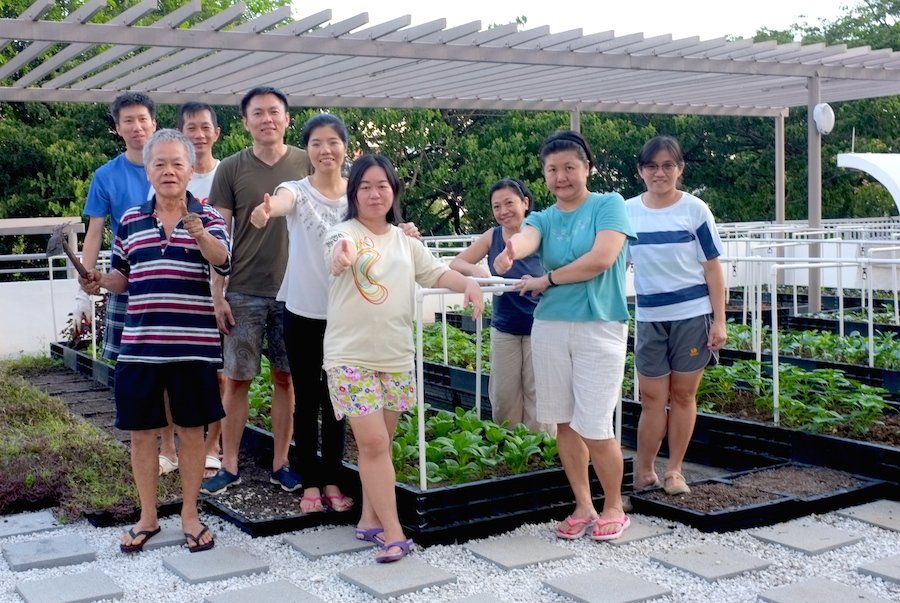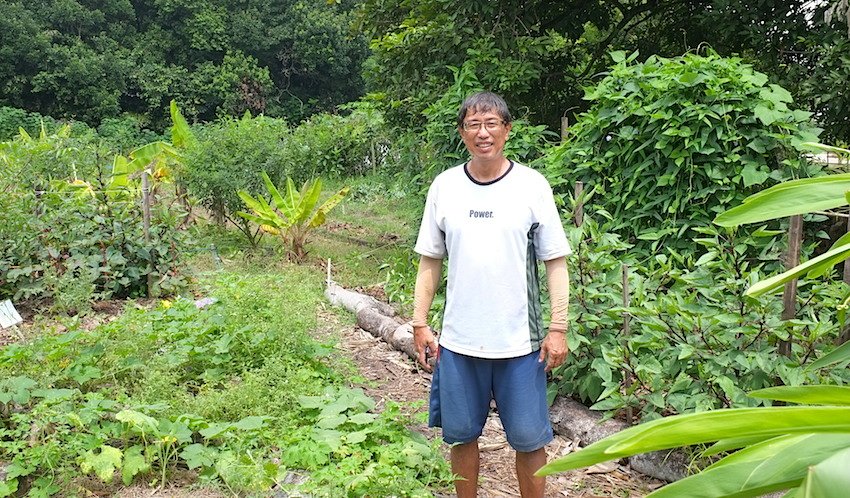With so many under-utilised little pockets of land available on Singapore’s street verges, why not grow some food and educate others in the process? The Farmers, Singapore based Justine Ong-Farmer and Scott Farmer – decided to do just that. After trying their hand at growing edibles less than a year ago, they have come a long way in such a short period of time with their trial-and-error approach and some helpful advice from Justine’s mother.
With this knowledge of growing and cooking with local herbs and vegetables, they started offering workshops to connect Singapore residents to local plants and food. After realising that local ingredients are more readily available on sidewalks compared to supermarkets and wet markets, they wanted to communicate that there is a value to eating and growing plants native to Singapore.
As part of their regular workshop, A Seat at The Farmer’s Table, participants pick ingredients from their garden and get involved in making nasi ulam and chilli chukka, and savour some of their tasty nasi ulam – I’ve tried it, it’s really good!
To date, they have grown cabbage, rosella, ulam rajah, bittergourd, Thai basil, pear and cherry tomatoes, marigolds, turmeric, okra, papaya, and blue butterfly pea among others, on this newly reclaimed verge alone. At home and on another more established verge, there are edible plants like banana, neem, soursop, pandan, wild pepper, torch ginger, lettuce, cucamelons, bayam, and more.
I sat down with Justine and Scott to find our more about their urban farming journey and their verge garden situated at Yio Chu Kang.
1. When did you both discover that you loved growing plants?
Justine: I was never really interested in plants until Scott and I bought our first plant together for his place in the early days of our relationship. We call him Lazarus (nickname ‘Lazzy’) because he has looked dead and then come back to life several times over the last couple of years we’ve had him. He’s alive and kicking today.
2. You both use a lot of natural farming techniques, which makes use of the materials already available to you. Where did you learn to grow edible plants?
Justine: My mum has been growing fruit trees and vegetables in our home garden for many years now. She’s usually the first person I turn to when I have questions. She’s very crafty and super innovative, always encouraging us to come up with solutions using what nature has provided or what we can find around the house.
Scott: I think we’ve learnt most of our techniques as we’ve gone along. Back in the UK, we always had a vegetable garden when I was growing up but I was never actively involved – I guess I may have picked up some knowledge through occasional digging, picking and watching. But really, we just make sure we spend a bit of time every day fiddling and talking to the plants – I don’t think there is any real secret!
